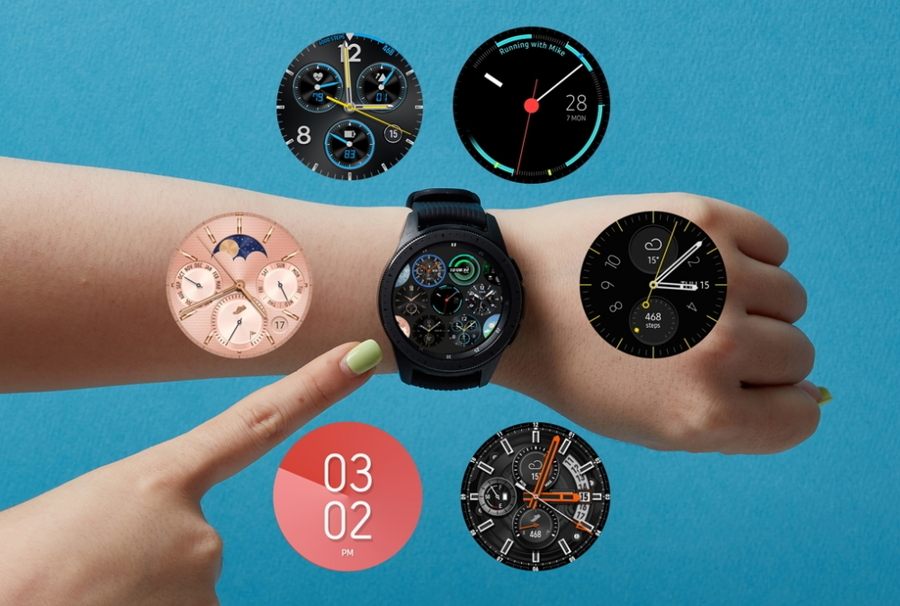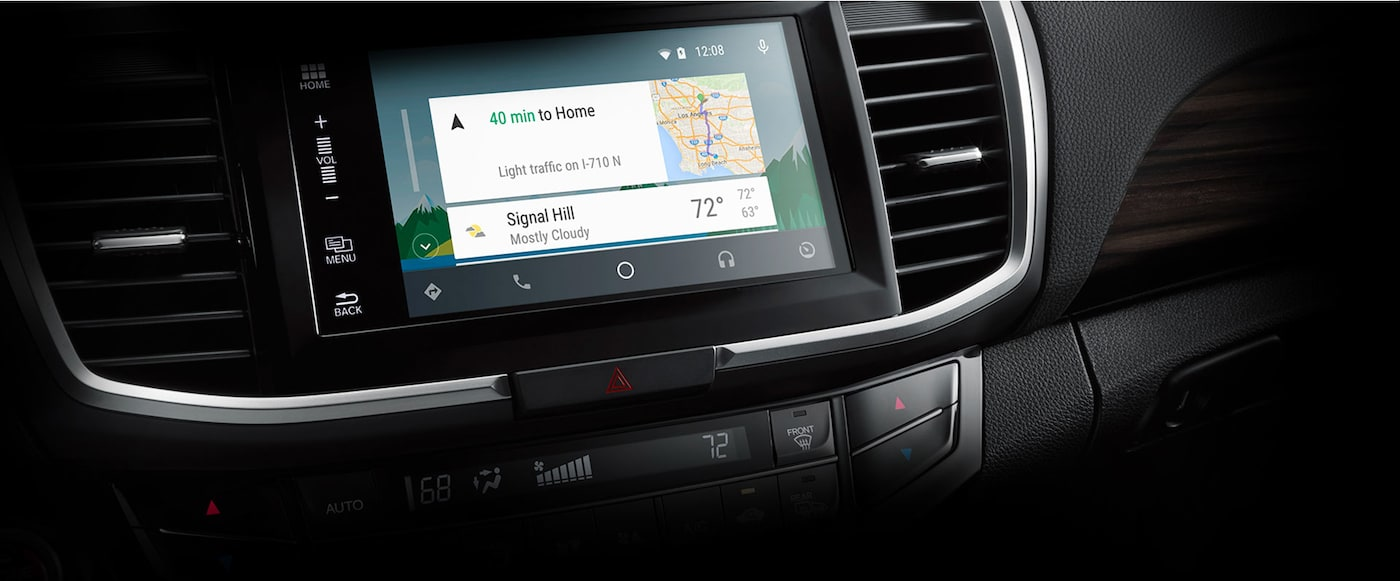Besides smartphones and PCs, the concept of ‘smart’ peripherals around us was pretty much limited back in the first decade of 2000. Yes, people were obsessed with robot invasions or fighting against highly powerful artificial intelligence, but the real life was less cluttered at that time.
With the endless journey to slimming down the phones, vendors were trying to push more ‘smart’ gadgets to the consumers. The uncanny marriage between wrist watch and smartphone techs finally made it possible for regular consumers to use Q-esque gadgets.

Early mainstream smartwatches were nothing but modified smartphone components stashed inside a watch like chassis. Later on, major phone OEMs as well as watchmakers stepped into the game and created a separate dimension for this particular gadget.
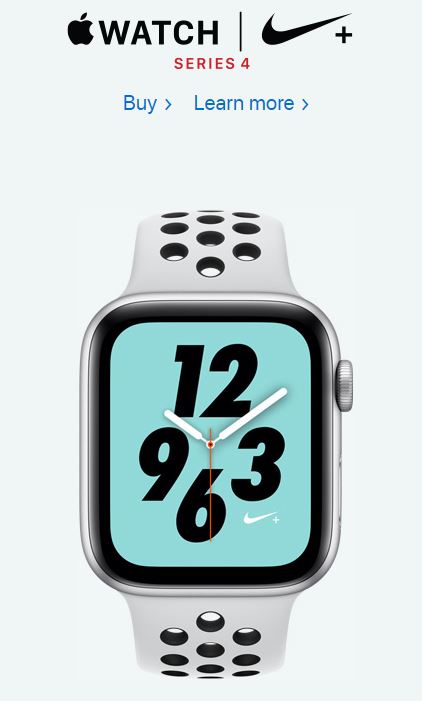
Samsung was one of the earliest companies to produce smartwatches under the ‘Gear’ brand name – similar to their earlier range of wireless earphones. The OEM prefers to use in-house Exynos SoCs for these smart wearable devices, while producing both LTE and non-LTE variants.
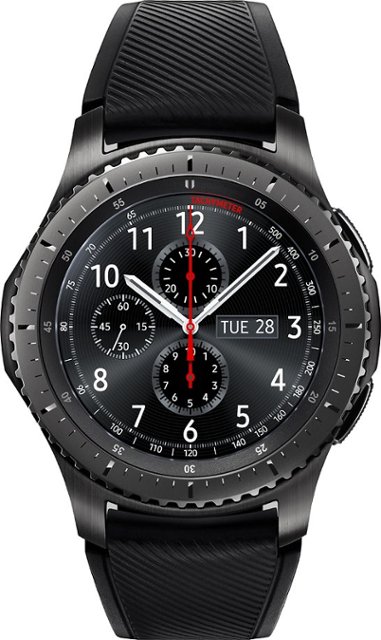
In terms of operating system, Samsung uses Linux based Tizen OS in these watches. The original Galaxy Gear was initially launched with a customized version of Android 4.3 back in 2013, but Samsung replaced it with Tizen via subsequent software updates.
The South Korean tech giant slowly phased out the ‘Gear’ moniker in favor of the ‘Galaxy’ brand. 2018’s Samsung Galaxy Watch was the first model for the unified smart device platform. It was later enhanced with the introduction of Galaxy Buds, Samsung’s truly wireless earbuds.

Samsung offers Android and iOS companion apps for users to control various settings as well as firmware upgrades. They enforced the brading change on the apps as well – changing the name from Samsung Gear to Galaxy Wearable.
The Galaxy Wearable application connects your wearable devices to your mobile device. It also manages and monitors the wearable device features and applications you’ve installed through Galaxy Apps.
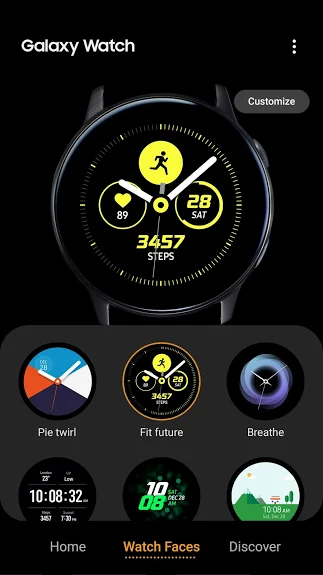
Use the Galaxy Wearable application to set up and manage the following features:
– Mobile device connection/disconnection
– Software updates
– Clock settings
– Application download and settings
– Find my Watch
– Notification type and settings, etc.
While the basic functionalities of these smartwatches are device agnostic, a few of them are tightly integrated with Samsung’s custom implementation. For example, the Galaxy Watch can be charged using the Galaxy S10’s Wireless Powershare feature.
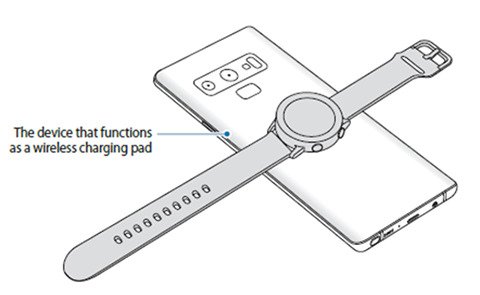
A prime example of these device independent features include the media playback controls. One can play, pause or navigate back and forth in the playlist if a compatible music player (like Spotify) is used in the phone.
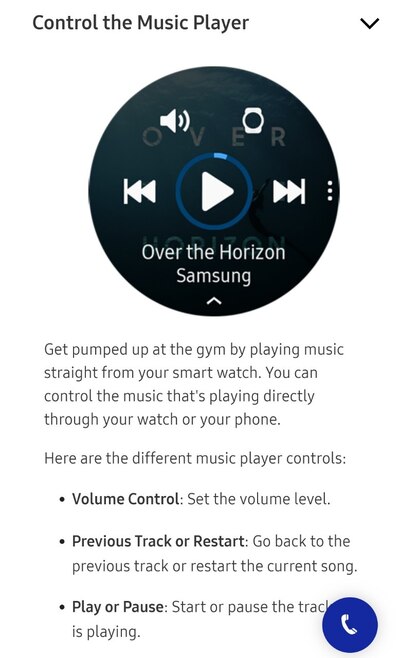
However, the support for changing any (not just the music) volume of the phone from the smartwatch itself is a long-requested feature. Even in Google’s Wear OS (previously known as Android Wear), support of this specific functionality is kinda flaky.
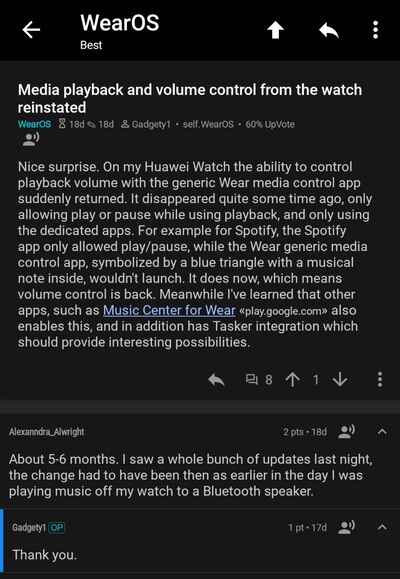
Samsung users have started an unofficial feature request thread in Samsung EU forums, where they convey their feedback to the moderators. The mods forward the prominent ones to the developer team.
Well, someone requested to bring the aforementioned feature about controlling volume of the phone from the watch in the thread:
Add the ability to change the media volume on the phone (e.g. maybe have an official phone volume control app or widget)
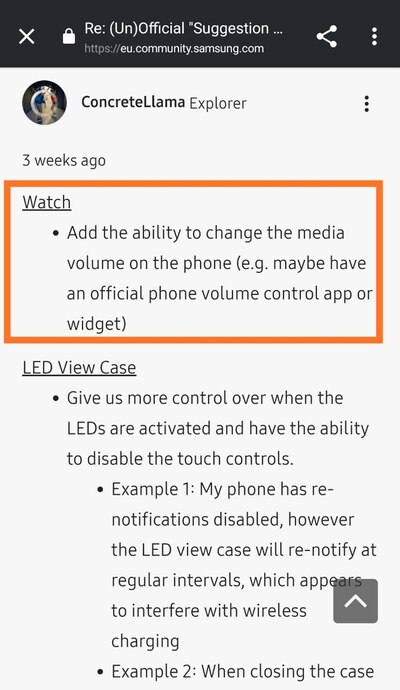
According to the reply from the forum moderator, looks like Tizen OS will eventually receive the functionality. However, existing smartwatches (Galaxy Watch and Galaxy Watch Active) might not get it due to design limitations.
The development team is considering to bring this feature in subsequent iterations of the Galaxy Watch.

For further interactions and feature requests, take a look at the thread. We hope Samsung engineers will find a way to backport this handy feature to older Galaxy watches.
What is favorite smartwatch out there? Comment below.
PiunikaWeb is a unique initiative that mainly focuses on investigative journalism. This means we do a lot of hard work to come up with news stories that are either ‘exclusive,’ ‘breaking,’ or ‘curated’ in nature. Perhaps that’s the reason our work has been picked by the likes of Forbes, Foxnews, Gizmodo, TechCrunch, Engadget, The Verge, Macrumors, and more. Do take a tour of our website to get a feel of our work. And if you like what we do, stay connected with us on Twitter (@PiunikaWeb) and other social media channels to receive timely updates on stories we publish.

